Home> Technical Articles> Selection of Cross Roller Bearing Clearance
- Address1589 Tampines Industrial Distributor Avenue 5 Singapore 528759
- Factory Address1589 Tampines Industrial Distributor Avenue 5 Singapore 528759
- Worktime9.00--18.00
- Phone(Working Time)0065-31591338
- Phone(Nonworking Time)0065-31591338
- Fax0065-31591338
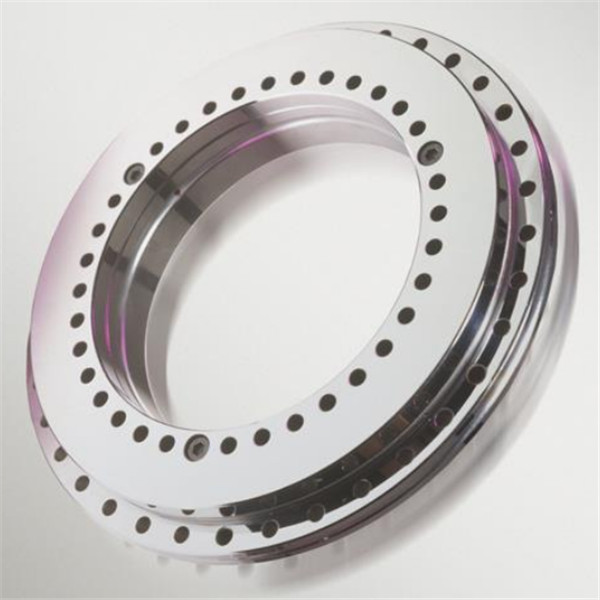
Cross-roller bearings, because they provide the performance of double-row bearings in a single row of space, have a high ability to resist overturning moments, and thus are used in space simulator design requiring small footprint and yaw rotation. The cross-roller bearing is taken as an example for discussion. In order to analyze the variation of the cross-roller bearing clearance in low temperature environment, we carried out the theoretical calculation of bearing clearance in low temperature environment, and tested and verified the simulated low temperature working environment based on the theoretical data.
1 Analysis of the impact of low temperature environment on bearing work
1.1 Bearing working conditions
Take the CRB25025 crossed roller bearing as an example.
Working environment: The working environment of the rotating test bench is vacuum, low temperature (vacuum degree 1×10-3 Pa or less, temperature - 50 °C), and its angular velocity is 5°/s (shaft diameter Φ 250 mm). The hollow shaft and bearing housing material is 0Cr18Ni9, and the bearing material is bearing steel 9Cr18. The outer ring of the crossed roller bearing is of the upper and lower separation type. When assembling at normal temperature, the size of the bearing clearance is adjusted by controlling the size B2 by the end cover, that is, changing the spacing e of the upper and lower outer rings. When the equipment is working in the working environment, the temperature change of the bearing-related assembly is mainly affected by two aspects:
(1) The working environment temperature is lower than normal temperature, and the temperature of the bearing and the shaft, bearing seat, etc. with which it is matched is lowered;
(2) When the rolling bearing is in operation, the rolling element and the raceway frictionally generate heat, and the temperature rises. Moreover, due to different heat dissipation conditions, a temperature difference is formed between the inner and outer rings. In this example, the line speed due to the rotation of the bearing is slow, friction
The effect of heat generation on the bearing can be ignored. When selecting this working condition test, you can avoid mutual interference between the two factors, just consider the first
(1) The effect of low temperature on bearing clearance. The temperature difference associated with frictional heat generation is discussed in other literature.
1.2 Influence of temperature change on bearings
Due to the different materials of the bearing housing and the bearing, the shrinkage rate is also different. According to the literature [1~2], at 30~- 50 °C, the average line of the bearing housing and the shaft material 0Cr18Ni9 has an expansion coefficient of (15.85×10-6)/°C, and the average linear expansion coefficient of the bearing material 9Cr18 is (9.50×10-6)/°C, relatively small. When the temperature drops, the coefficient of linear expansion is relatively large, and the amount of shrinkage is also large. The relevant dimensions of the width dimension B1, B2 and the radius dimensions r1 and R2 of the inner and outer rings of the bearing have changed. If the original fit clearance is 0 mm, the following conditions will occur after cooling:
(1) B2 dimension direction, the space formed by the bearing seat and the end cover is smaller than the width of the outer ring of the bearing, so that the gap e between the upper and outer outer rings of the bearing becomes smaller, and the bearing clearance is reduced;
(2) B1 size direction, the space formed by the shaft and the end cover is smaller than the bearing
The width of the inner ring, so that the inner ring of the bearing is deformed, and the bearing clearance is reduced;
(3) R2 dimension direction, the inner diameter of the bearing housing is smaller than the bearing outer ring
The outer diameter is such that the outer ring of the Cross Roller Bearing is deformed and the bearing clearance is reduced;
(4) r1 dimension direction, the outer diameter of the shaft is smaller than the inner diameter of the inner ring of the bearing, so that the matching clearance between the inner ring of the bearing and the shaft is increased, but the clearance of the bearing is not affected. Therefore, when the operating temperature drops, the changes in the first three aspects will affect the clearance of the Cross Roller Bearing .
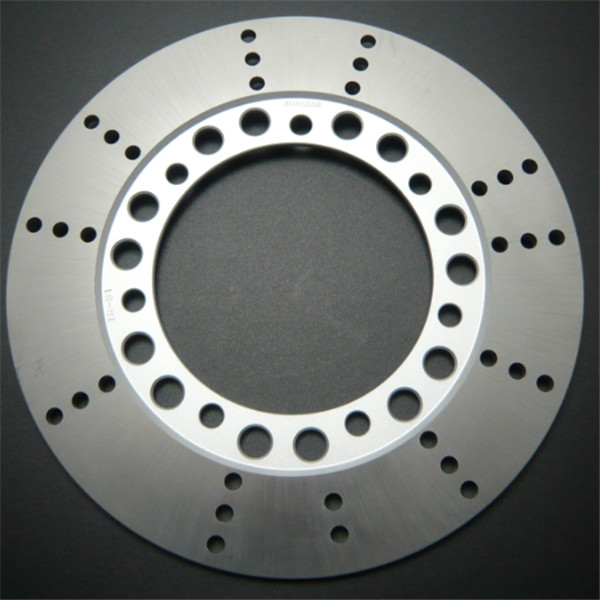
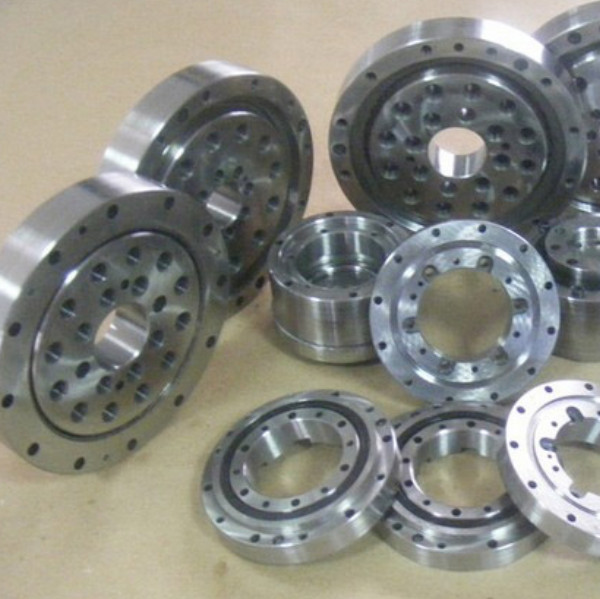
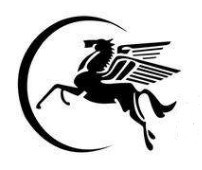

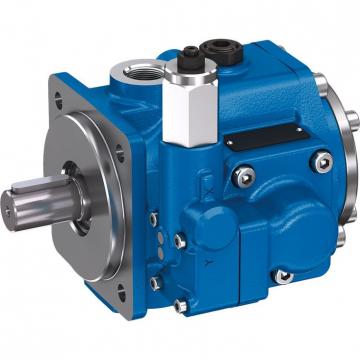 Best-selling Rexroth Vane Pumps
Best-selling Rexroth Vane Pumps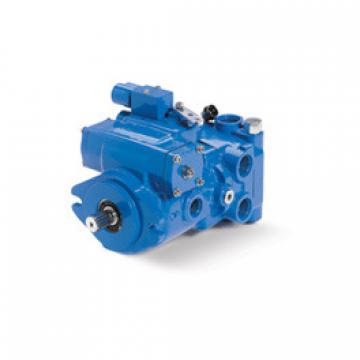 Best-selling Eaton-Vickers Piston Pumps
Best-selling Eaton-Vickers Piston Pumps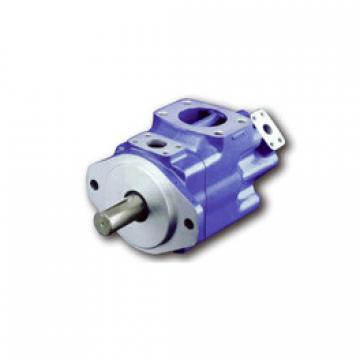 Best-selling Eaton-Vickers Vane Pumps
Best-selling Eaton-Vickers Vane Pumps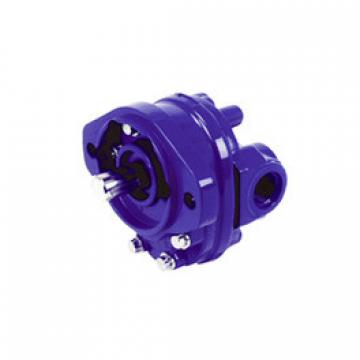 Best-selling Eaton-Vickers Aluminum Gear Pumps
Best-selling Eaton-Vickers Aluminum Gear Pumps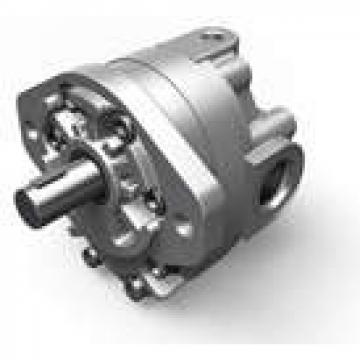 Best- selling Parker’s GEAR PUMPS
Best- selling Parker’s GEAR PUMPS